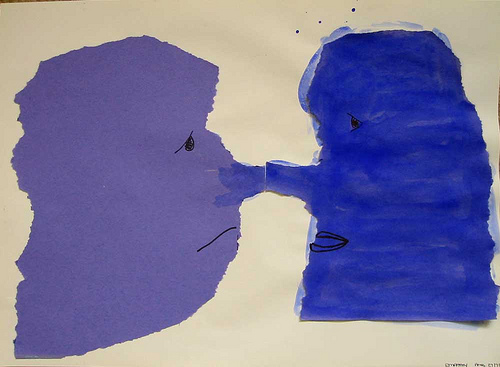Recently I read a moving story about a villager who was in deep despair after the death of her husband and son. And then she encountered the Buddha, who sent her on a mission to collect a mustard seed from every home in the village that had never suffered the loss of a family member. She returned empty handed with the realization that she was not alone in her life experience. By awakening the spirit of empathy and sharing her suffering with strangers the woman was able to overcome her grief.The story about the grieving woman drew my attention to an aspect of empathy – sharing similar experiences can ignite empathy and facilitate open dialogue. If designers could actually be in the shoes of the users, they could perhaps foster greater innovation, than if they tried to solely build empathy during research and user interviews.
To further explore this hypothesis, I found an article in Fast Codesign, Innovation Always Starts with Empathy, that reflects on the same thought with examples. The writer believes the greatest and most fulfilling innovation is possible when the designers are the users.
Zipcar and Apple are good examples of companies that proudly state that their employees are users and so the feeling empathy is inherent. Snowboarding giant Burton apparently only hires adventure and sports enthusiasts. Even in the beauty business, employees are given access to products and encouraged to use them in daily life to gain implicit insights.
But on the other hand, when a designer is very closely connected to the product, they also develop an emotional and personal bias that could drive them to overemphasize their own needs. It’s important that a designer still follow the research process and balance his bias with other user insights to ensure he brings objectivity to the process. The fact that the designer is also a user can guide him in asking the right questions and validating hypothesis, but at the same time he should be open and neutral to responses from users who have opposing perspectives.
User research is also critical in more institutional and traditional companies when “the designer be the user” may not always be possible. These brands have a lineage of experienced employees who may sometimes be far removed from the targeted customer profile. Adding to this dilemma is the dynamic reality that the customer segmentation and profiles are constantly evolving.
So while user centered research will always be a integral component of the innovation process, the closer employers are to using the products and services they help create, the easier it will be for them to be empathetic and identify needs that could lead to great innovation.

